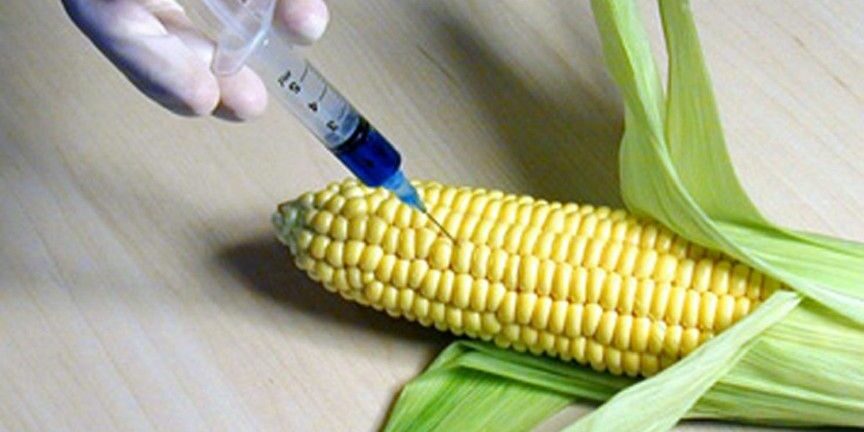Most pesticides are not good for human health. It’s commonsense – if they can kill a bug, they can seriously hard humans too. They can also kill bees, which is becoming a significant problem.
So, how do pesticides spread from the fields and crops they’re sprayed on? They:
1. Are carried on the wind
2.Leave residues on produce
3.Remain inside produce and animals
4.Run off into open water, contaminating public water supply as well as fish and other seafood
Pesticides can enter our bodies through our skin, our nose, our eyes or our mouths.
Some of the ill-effects from pesticides include:
1. Fetuses, (pre-birth babies), may suffer from exposure and exhibit behavioral problems, growth issues
2.Lower cognitive scores, fewer nerve cells and lower birth weight
3.A lower resistance to the toxic effects of pesticides
4.A greater risk (70% increase), for Parkinson’s disease, even with low levels of pesticides
A friend of mine got pesticide poisoning from a pesticide that her gardener sprayed all over her yard a few years ago. Symptoms gradually developed – her thinking went fuzzy, her hair went gray, she was tired and lethargic and in the end could barely walk. She was diagnosed with MS until a smart natural practitioner figured it out.
Right now, a dangerous weed killer that has been linked to cancer and birth defects, is about to be more widely used in the U.S. It is called 2,4-D. It is specifically for farmers to spray on genetically engineered crops that won’t die when sprayed with this particular pesticide. Needless to say it’s all about profit, however, we don’t need genetically-modified crops and we certainly don’t need dangerous pesticides contaminating our precious biosphere.
If you feel as strongly as I do, please sign this petition, which will help to stop Dow Chemicals from rampant overuse of this pesticide, which has already been banned in several other countries. It will take you 30 seconds and it’s small actions like this, that can make a big difference!




I have signed both this petition and the one by anh-usa. Did you know that 2,4-D makes up about half of Agent Orange?